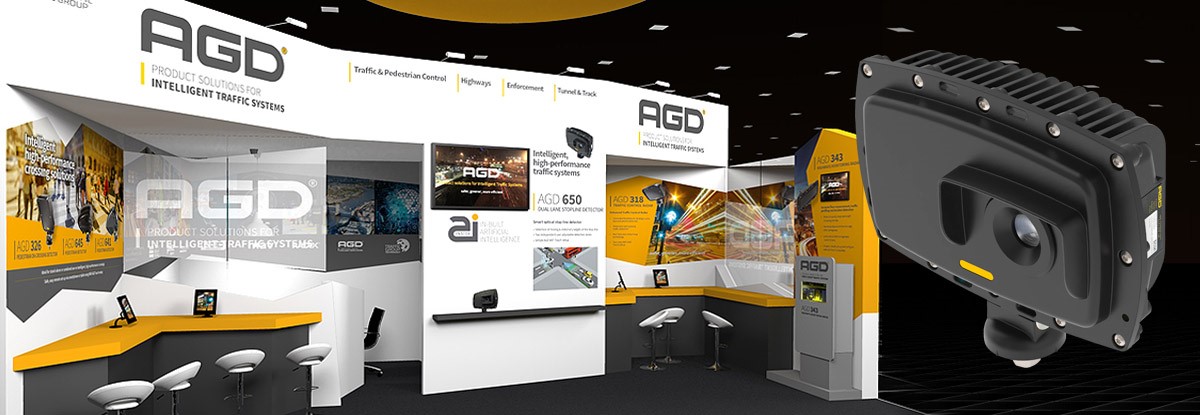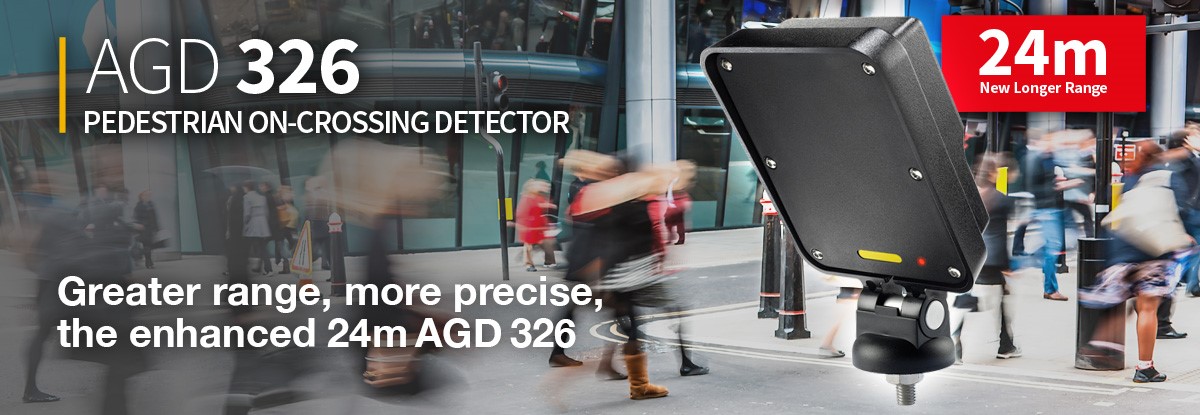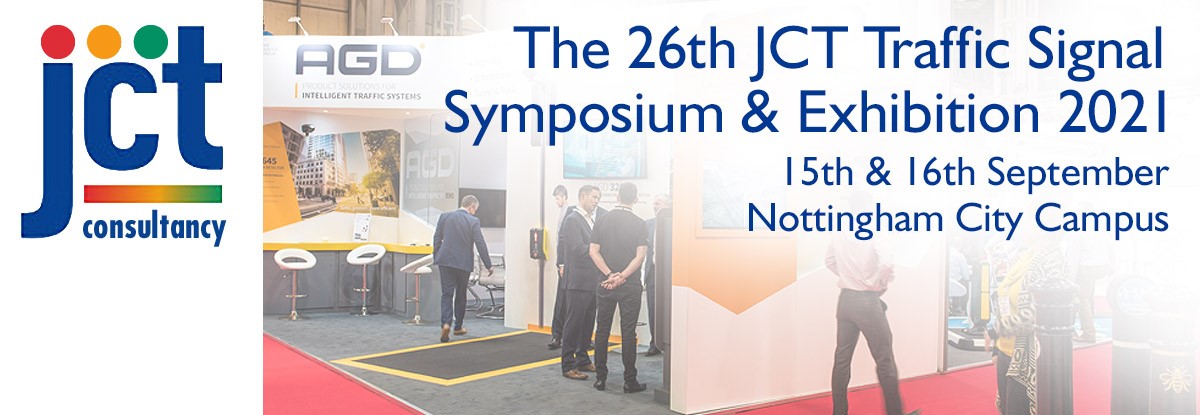Traffex visitors will be among the first to see AGD’s latest offering up close, when the event begins on Tuesday 14th June.
One of the products being showcased on our stand will be the AGD650, a stop-line detector that will have the capability to deliver a rich data stream on targets approaching intersections.
And our Commercial Director Ian Hind and Commercial Manager Greg Baker will also be taking to the stage at the Solutions Showcase Theatre to discuss exactly how the ITS sector can develop the use of data – to the benefit of highways authorities everywhere.
About the AGD650:
The smart, optical AI detector is designed for either single or dual stop-line configurations, with provision for cycle refuge areas. High-grade optics and deep-learning image recognition are used to detect stationary and moving targets – making use of WiFi AGD Touch-setup to speed up installation and reduce risk.
The ability to send real time data and video with IP connectivity to ITS control rooms means truly informed decision-making is on the horizon for all vehicle target types.
About our presentation:
Ian and Greg will be speaking at the Solutions Showcase Theatre at 11.05am on day 2 of the event (Wednesday 15th June), focusing on where the data stream journey may lead.
Looking at the need for a shared industry-wide language, and how the sector can respond to new forms of transport and new travel patterns, they’ll explore not only what data is available now, but also what the future could hold.
Questions and discussion are welcomed, so do join them for what promises to be an interesting debate.
Where to find us:
You can find us at stand D026, where we’ll be displaying the AGD650 and many of our other class-leading detection solutions which have contributed towards our position as one of the UK’s most successful manufacturers of ITS products.
If you haven’t yet secured your free visitor ticket, you can do so at www.traffex.com





































